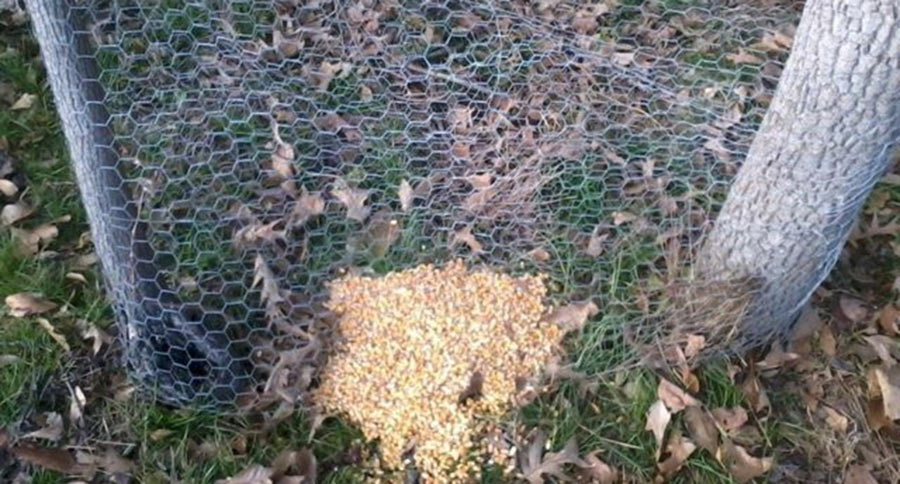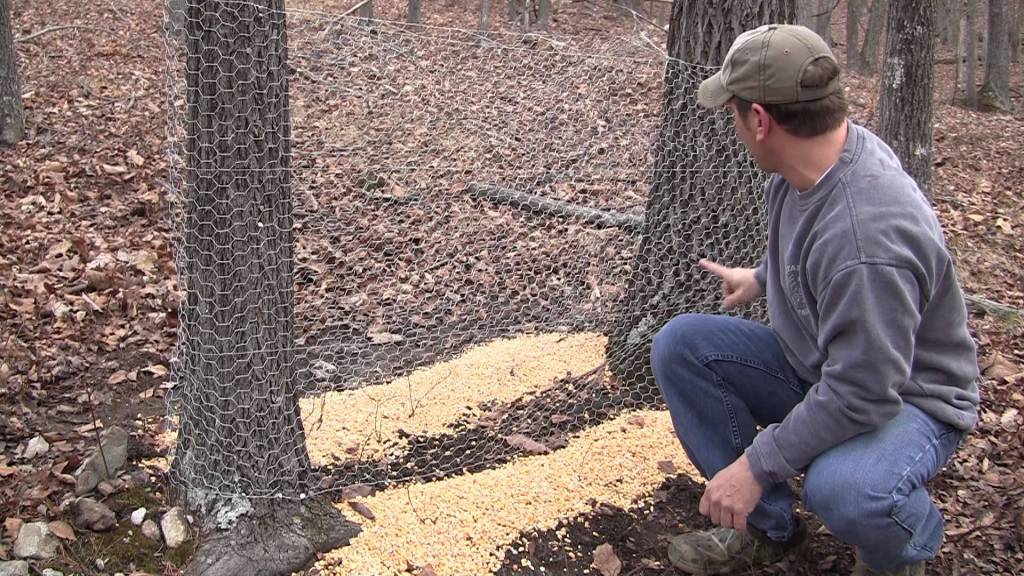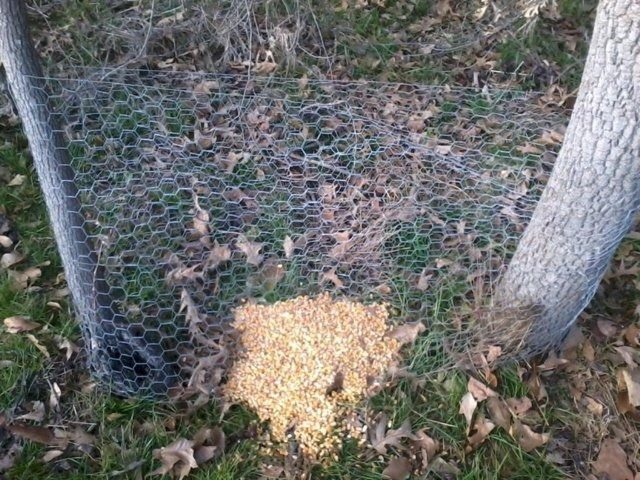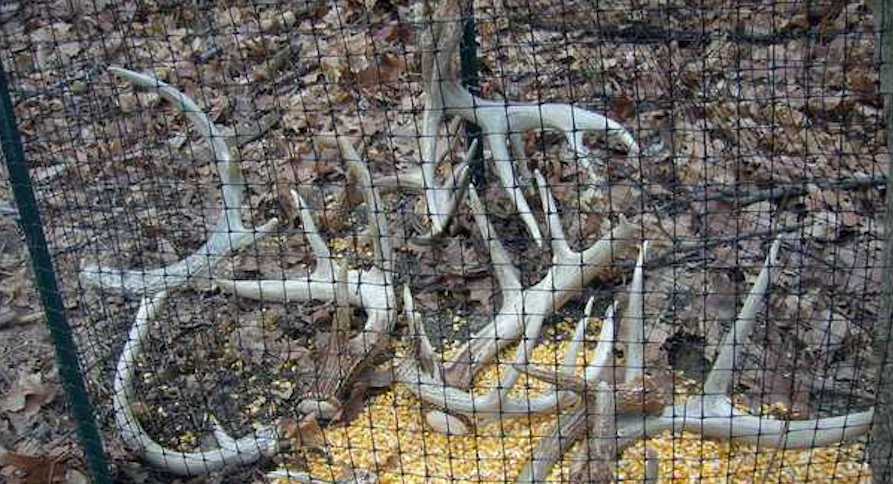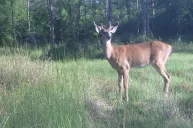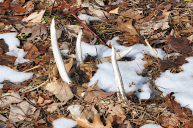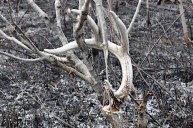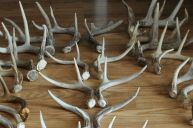If you want to find deer sheds but don't have time to search, build your own antler trap.
There are many benefits to walking through the woods and searching for deer sheds. You can get a better lay of your land, you can see where the deer were most recently moving, and shed hunting is a great way to introduce hunting to a youngster.
But for many shed hunters, there just isn't always enough time to get in the woods and hunt sheds.
With just a few dollars and a little bit of time you can build a shed antler trap. That way, you can still get the deer antlers without having to search the whole forest for them.
What you need
- Chicken wire (can substitute other things)
- Corn
- Pliers
Directions
This is a very easy build. All you need to do is find some small trees placed close together, this can be two trees or a patch of three or four if they're very close.
Then, wrap the chicken wire around the trees, connecting it to itself. You can use a pair of pliers to secure the wire making sure it is very tight, if it's too loose it can trap the deer if they're not ready to shed. After this is finished, just create a feeding area by pouring some corn (or whatever deer feed works best in your area) at the bottom of the wire trap on the ground.
As the bucks work to get the corn below the wire, their antlers will get caught in the wire and fall off. No need to search the whole forest, just go replace the corn in your shed trap, pick up the discarded sheds and get crafty.
You can also use bungee cords in place of chicken wire. The concept is the same but bungee cords can give and even break if the antlers are not ready to shed, making wire even safer for the deer.
Please remember not to bait your rack trap all year long. If whitetail deer are not ready to shed their antlers, the trap will not work and can cause the buck to become trapped and potentially die. Make sure you wait until time for the deer to shed before setting your antler trap.
Also, check your local laws, some places may have laws prohibiting antler traps since, if used incorrectly, they can be harmful to the deer.
NEXT: TIME-LAPSE VIDEO SHOT IN TEXAS SHOWS WHAT HAPPENS AFTER A DEER GOES DOWN [VIDEO]
WATCH
https://rumble.com/embed/u7gve.v3to3h/
